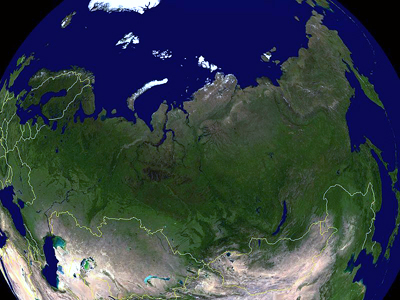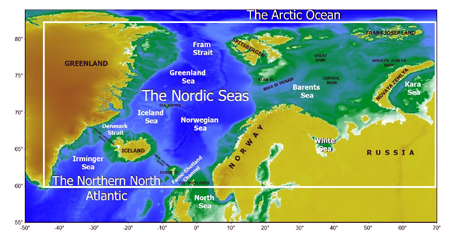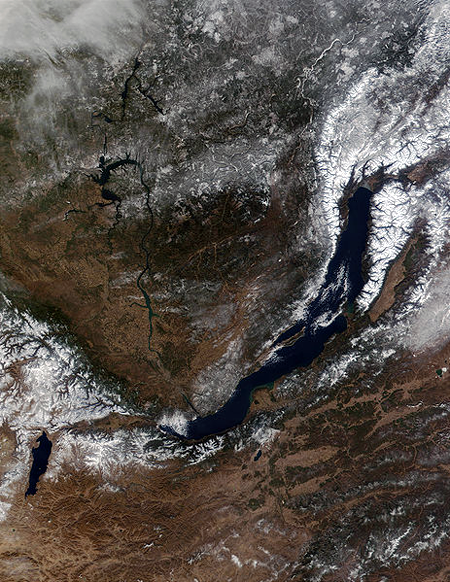- Geografi ; natur og
klima ; demografi ;
historie ; krige ; kultur ; kunst ; film
; musik ; politik ;
politiske partier ; forsvar ;
atomvåbenforsøg ;
fredsbevægelser ; religion ;
sociale forhold ; uddannelse ; økonomi og våbenhandel.
- Geography; Nature and climate; Demography; History; Wars;
Culture; Art; Film; Music; Politics; Political parties ; Defense;
Nuclear weapons; Nuclear weapons tests; Peace movements; Religion;
Social conditions ; Education , Economics and Arms trade.
- Géographie; Nature et climat; Démographie;
Guerres; Histoire; Culture ; La musique; Politique; Partis
politiques ; La défense; Mouvements de paix; Religion;
Conditions sociales ; Éducation; Économie et commerce
des armes
-
- Rusland er medlem af
atomvåbenklubben.
Atomvåbenuheld.
- Militærforskning og
-udvikling
/ Military Research and Development
/ Recherche et développement militaire
/ Investigación y Desarrollo Militar
/ Militärische Forschung und Entwicklung:
- Rosatom.
- CRS: Nuclear Weapons
R&D Organizations in Nine Countries. / : Jonathan Medalia
et al., 2013.

'United States, China, France, India, Israel, North Korea,
Pakistan, Russia and United Kingdom.'
- Atomvåbenuheld:
- Kursk ulykken 2000.
- Radioaktiv forurening: Karachay ; Mayak.
- Haverkamp, Jan (ed.), Rosatom’s Mayak: more reprocessing,
more contamination.
Vienna (2017) Greenpeace Central and Eastern Europe
September 29, 2017 is the 60th anniversary of the Mayak or Kyshtym
explosion in Russia - the third largest nuclear accident in
history. The consequences of this disaster are still present today,
made worse by ongoing radioactive discharges. Mayak, located in the
Southern Urals, is one of the largest nuclear complexes in the
world. The Rosatom site operates a facility for reprocessing spent
nuclear fuel and radioactive waste management. Rosatom is the
Russian state nuclear energy corporation, comprising both its
military and civil nuclear industry.
- Se også: Aktuelle stater med atomvåben,
kernevåben: Frankrig, Indien,
Israel, Kina, Nordkorea,
Pakistan, Storbritannien og
USA.
- See also: Current states with nuclear weapons: France, India,
Israel, China, North Korea, Pakistan, Russia, UK and USA.
- Se tillige: Sovjetunionens
kernevåben.
-
- NTI Releases Assessment of New Russian Nuclear Weapon Delivery Systems
Washington, DC Ė The first detailed, exclusively open-source assessment of the five new nuclear weapon
systems announced by Russian President Vladimir Putin was released today by the Nuclear Threat Initiative
(NTI), alongside a new analysis underscoring the need to extend the New START Treaty based on the
reportís findings.
Authored by Jill Hruby, NTIís inaugural Sam Nunn Distinguished Fellow and a former director of Sandia
National Laboratories, the report, Russia's New Nuclear Weapon Delivery Systems  : An Open-Source
Technical Review, provides insight into the technical characteristics, deployment schedule, and military
objectives for each of the five systems, plus one additional system that may be nuclear capable in the future
: An Open-Source
Technical Review, provides insight into the technical characteristics, deployment schedule, and military
objectives for each of the five systems, plus one additional system that may be nuclear capable in the future
- CRS: Nonstrategic
Nuclear Weapons. / Amy F. Woolf, 2015.

- Reducing Alert Rates of Nuclear Weapons. / : Hans M.
Kristensen ; Matthew McKinzie. UNIDIR. United Nations Institute for
Disarmament Research. Geneva, Switzerland, 2012.
-
http://www.unidir.org/files/publications/pdfs/reducing-alert-rates-of-nuclear-weapons-400.pdf:
- CRS: Russian Military
Reform and Defense Policy. / : Jim Nichol, 2011.

- Russian nuclear forces, 2012. / Hans M. Kristensen ;
Robert S. Norris. I: Bulletin of the Atomic Scientists,
March/April 2012 68: 87-97.
- Russian nuclear weapons: past, present, and future. / :
Stephen J. Blank Editor. Strategic Studies Institute, 2011.
-
http://www.strategicstudiesinstitute.army.mil/pdffiles/PUB1087.pdf
- The Soviet Nuclear Weapon Legacy. / : Marco De Andreis ;
Francesco Calogero. Oxford University Press,1995. : SIPRI Research
Report No. 10)
- http://books.sipri.org/files/RR/SIPRIRR10.pdf
Send
kommentar, email eller søg i
Fredsakademiet.dk







 : An Open-Source
Technical Review, provides insight into the technical characteristics, deployment schedule, and military
objectives for each of the five systems, plus one additional system that may be nuclear capable in the future
: An Open-Source
Technical Review, provides insight into the technical characteristics, deployment schedule, and military
objectives for each of the five systems, plus one additional system that may be nuclear capable in the future
